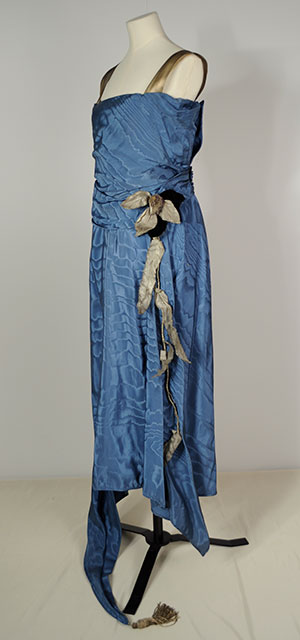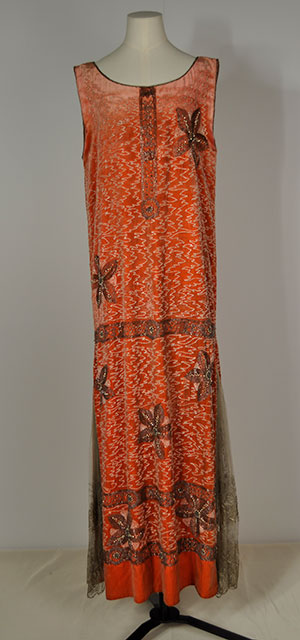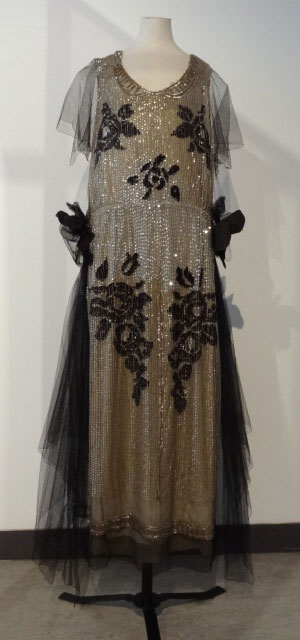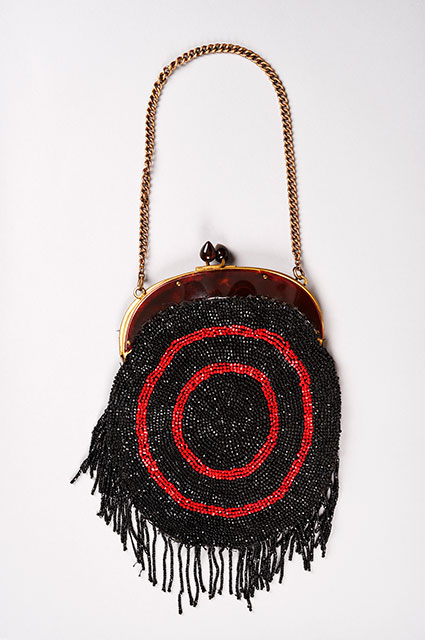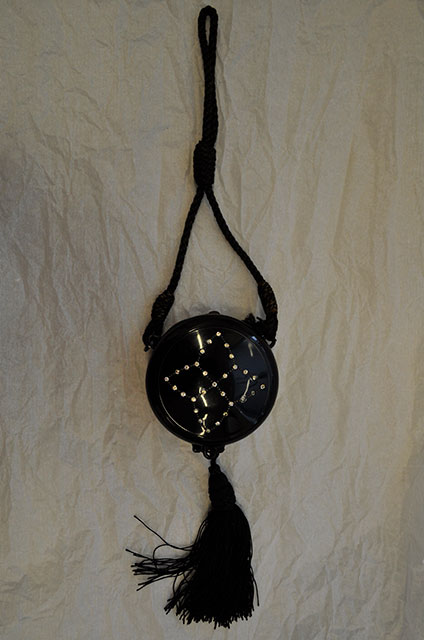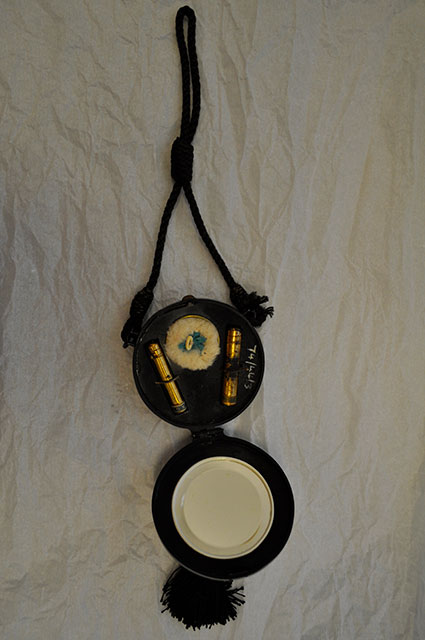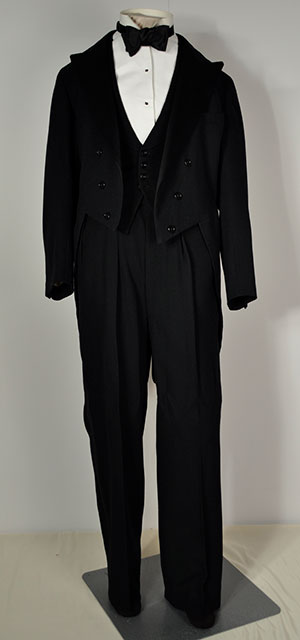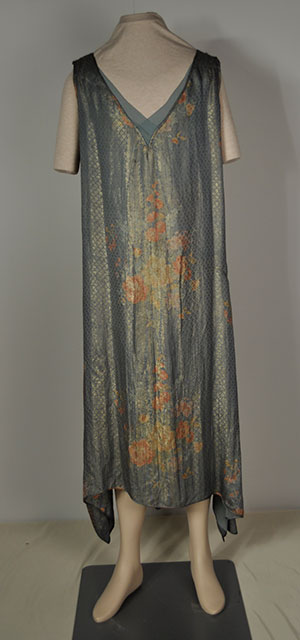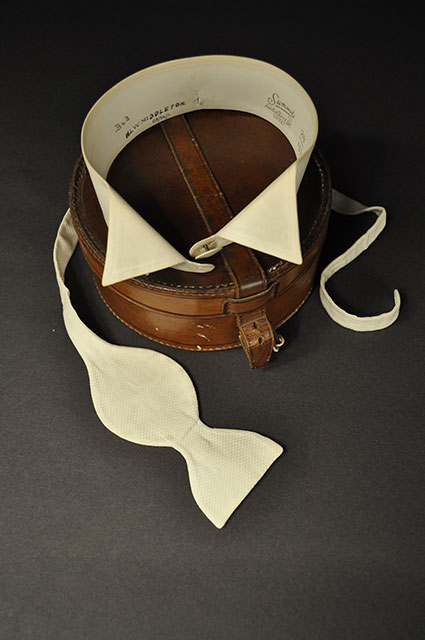Grown Up in the 1920s - Fashion
14 July 2022
Revisit the fashions of the Roaring 20s as we celebrate a century of youth culture with Grown Up in Britain.
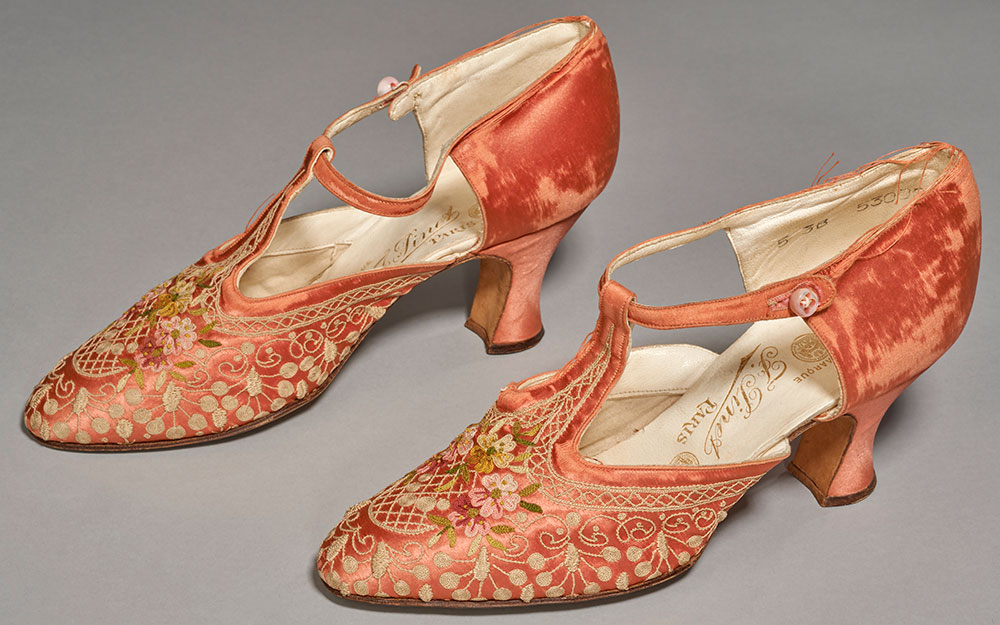
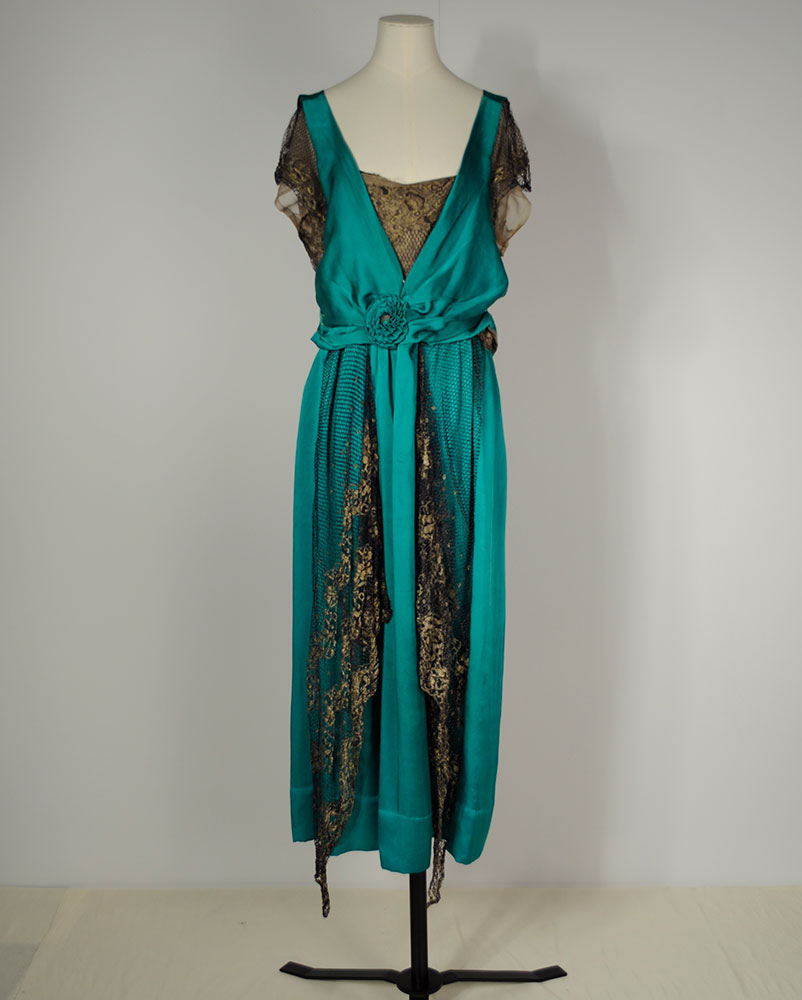
In the 1920s, both the hair and the hemlines famously got shorter as women embraced an era of relative freedom and independence, thanks to a number of factors.
In 1918, voting rights had been granted to propertied women over 30, and women allowed to stand for parliament for the first time. Then in 1928, the franchise was extended to all women over 21, granting them the vote on equal terms with men.
Meanwhile, unmarried men and women had more opportunities to mingle without supervision, with more places to socialise that weren’t sex-segregated, and motor cars putting more distance between young people and their parents.
As well as being shorter (typically mid-calf length), 1920s “flapper” dresses were characterised by their looser, straighter shapes, in contrast to the structured silhouettes of Victorian and Edwardian clothing. Gone were the bustles and crinolines worn by earlier generations, and even corsets began to be replaced by early bras, thanks in part to a post-war shortage of the metal required to create them. These less restrictive women’s garments were perfect for dancing energetically to jazz music, and young men and women often danced together freely in venues where alcohol was consumed.
Accessorising was also important. Fancy hats and hairbands and pretty purses were a must for partywear. Short heeled, strappy shoes also began to replace Edwardian boots, and were often highly decorated, with shorter skirts making women’s footwear more visible than it had been before. Similarly, brogues and Oxford shoes, sometimes in two colours, grew in popularity for men.
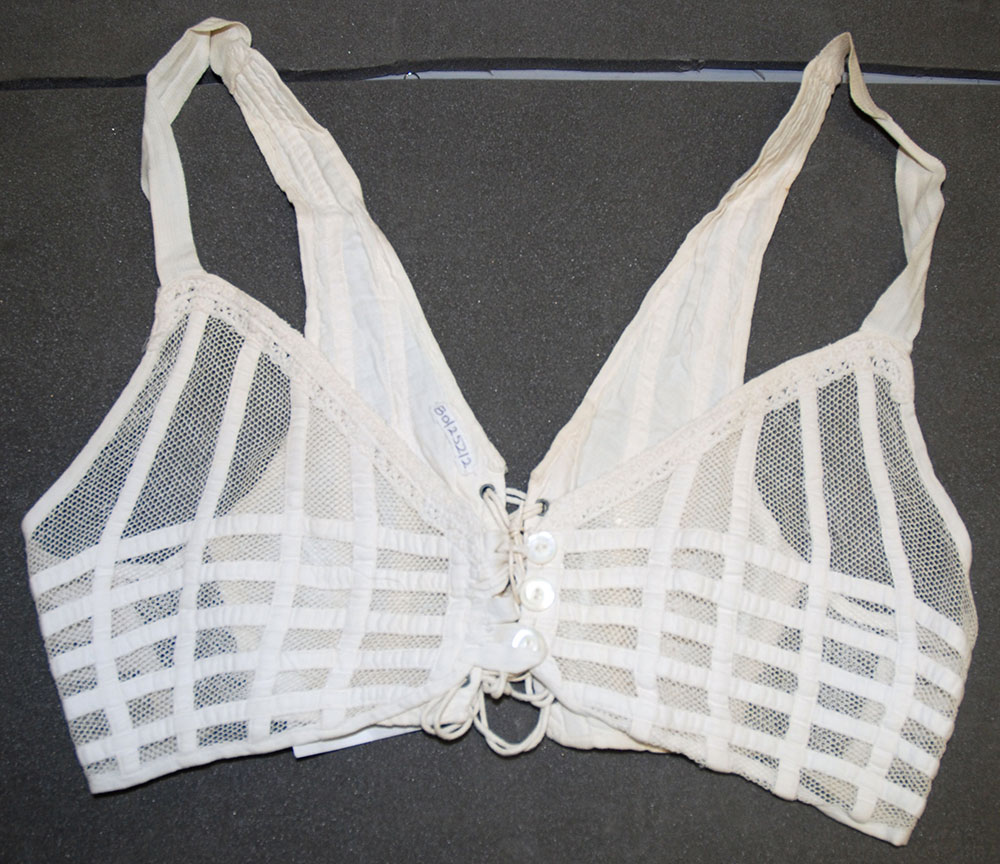 There were other changes to men’s fashion, too. Suits could be lighter coloured, sometimes with pinstripes or other subtle patterns; waistcoats became more optional; and trouser legs got wider. Facial hair was declining, with a clean-shaven look often preferred, and fedora hats were seen more frequently in fashionable circles. For more formal, evening occasions, black tie also started to take over from white tie as the default.
There were other changes to men’s fashion, too. Suits could be lighter coloured, sometimes with pinstripes or other subtle patterns; waistcoats became more optional; and trouser legs got wider. Facial hair was declining, with a clean-shaven look often preferred, and fedora hats were seen more frequently in fashionable circles. For more formal, evening occasions, black tie also started to take over from white tie as the default.
Of course, not everyone was quick to adopt the changing styles, and the most fashionable attire was primarily the province of the "Bright Young Things" - wealthy young aristocrats and socialites who could afford the fancy costumes and lavish parties. For the less well-off in society, durable, everyday wear would have been more of a priority. Nevertheless, this period did see a marked change in the attitudes and aspirations of young people who were starting to form their own distinct cultural identity.
Take a look at a few more images of 1920s clothing from our collections below.
Curated by the Museum of Youth Culture, Grown Up in Britain: 100 Years of Teenage Kicks is free to visit until 12 February 2023.
